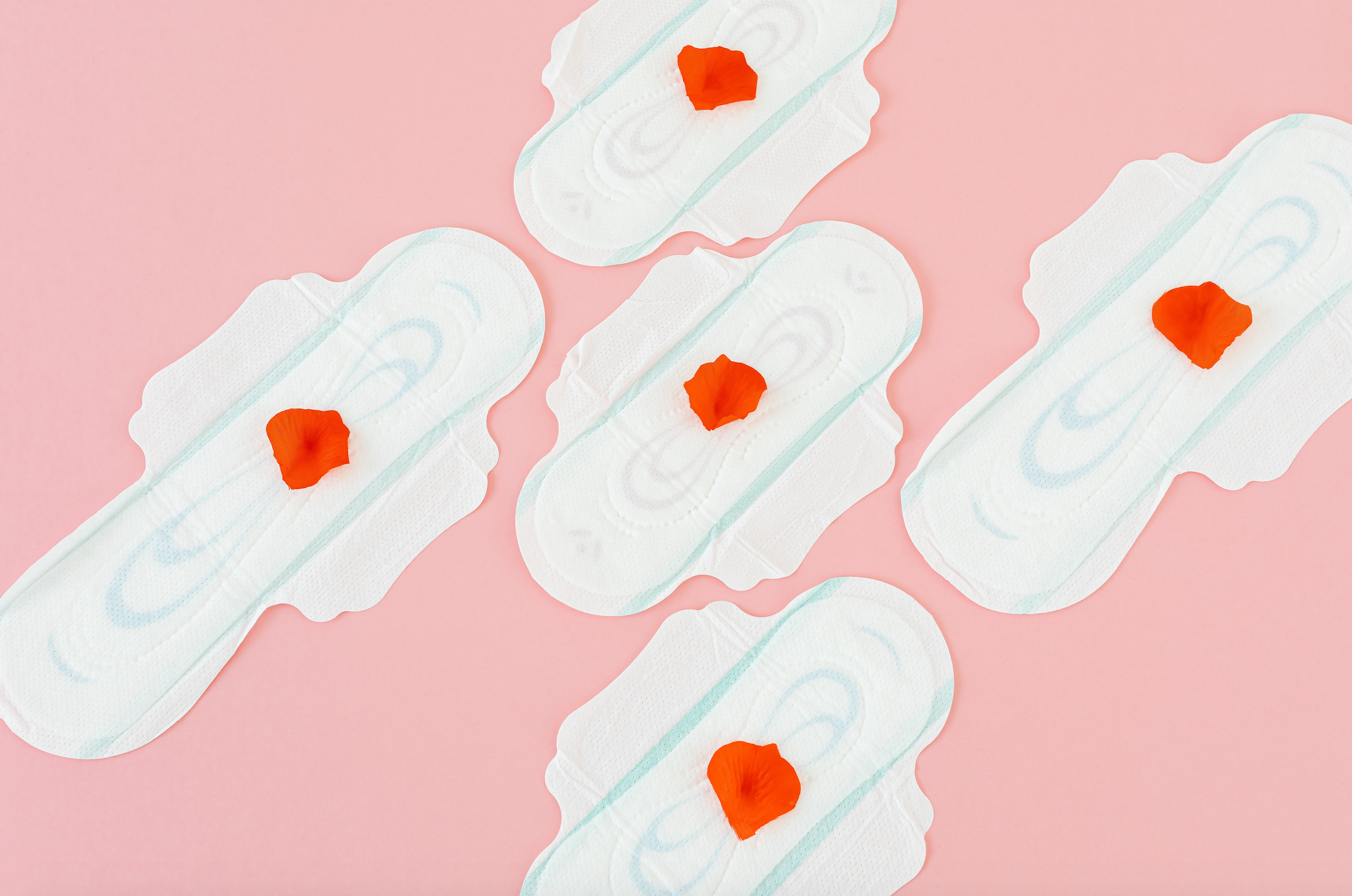What is birth control? Well, as one would assume, it’s in the name. Birth control, or contraception, is a method of preventing pregnancy and/or STIs. There are many different kinds of birth control that are appropriate for a myriad of different people and situations. The most popular forms of birth control are the pill, IUD, implant, patch, and shot. There are also forms of during-sex-only or post-sex birth control, including condoms, dams, and spermicide. Debunking a common myth, it is recommended that Plan B (the morning after pill) is not used as the only method of birth control as it is less effective than other contraceptives and should rather be used as a secondary measure of prevention if necessary. In this particular article, however, we will be talking about the most preventative and effective birth control apart from abstinence... the IUD.
Now, what exactly is an IUD? IUD stands for intrauterine device. It sits in your uterus after a health care provider inserts it through the vagina and cervix. An IUD is designed to stay in place for up to five years (depending on the type).
How does it work? An IUD is shaped like a little capital ‘T’ measuring approximately 1.25 inches in size, so not any bigger than a tampon. IUDs act as physical obstructions - by sitting in the uterus, they crowd the space, making implantation of a fertilized egg more difficult. They also have other, broader impacts that reduce the likelihood of pregnancy. Hormonal IUDs release hormones that thicken the mucus layer over the cervix so sperm can’t get through; thinning the uterine lining so that fertilized ova cannot easily implant; and sometimes suppressing ovulation (the process where eggs leave the ovaries to become fertilized) altogether. Copper IUDs work by producing a local inflammatory reaction that is toxic to sperm (but not to the person with the IUD). There are five different kinds of IUDs that are FDA approved to use in the United States:
You can click the attached link on each IUD to learn more about them and to find the appropriate one for you and your body. It is crucial to talk to your doctor or gynecologist about the benefits, risks, and general side effects of each, as everyone has different reactions to them. Furthermore, Paragard is the only one that is copper, so if you would prefer to avoid hormonal birth control, a copper IUD might be a better fit for you.
If you do decide to go with an IUD, there are some important things to remember. First, it can be daunting. Having a doctor inspect any areas between your legs - which is entirely necessary if you are getting an IUD - can be uncomfortable and nerve-wracking. An IUD gets inserted into a private part of your body, so it is completely normal to be self-conscious. Second, your doctor may recommend taking a pain reliever like Tylenol beforehand to minimize any pain you will feel. Third, most OB/Gyns will insert an IUD when the patient is on her period because it is easier to implant when the cervix is dilated wider during menstruation. Fourth, lots of people say that the most painful part of IUD insertion is measuring the uterus. Before implantation, the doctor will have to measure how far back your uterus goes so that they put the IUD in the right spot. This can feel like a particularly sharp period cramp, but it can be worse depending on the person. Finally, you may be sore, experience cramps, bleed, and/or spot for several days after the procedure. All are perfectly normal.
Everyone’s body is different! So one person’s experience - or even choice of birth control method - might not be yours. No matter what, consult with your doctor or gynecologist on what is best for you.
Finally, as a woman who has had an IUD since her sophomore year in high school, I would give it a glowing recommendation. I chose to get Mirena because my flows were particularly bad, and I wanted a method of birth control that would reduce my period and provide me with a 99% chance of preventing pregnancy. My experience getting it put in was uncomfortable but bearable and totally, 100% worth it. Since I got my IUD, I don’t get my period anymore (besides some minor spotting), and I feel safer knowing that the only effort I have to put into my birth control and STI prevention is replacing it every five years and USING CONDOMS!
Check out www.plannedparenthood.com for more information about IUDs and other methods of birth control.
Works cited:
https://www.healthline.com/health/healthy-sex/how-often-can-you-take-plan-b#plan-b
https://www.understood.org/articles/en/6-clothing-solutions-for-kids-with-sensory-processing-issues





Leave a comment
All comments are moderated before being published.
This site is protected by hCaptcha and the hCaptcha Privacy Policy and Terms of Service apply.